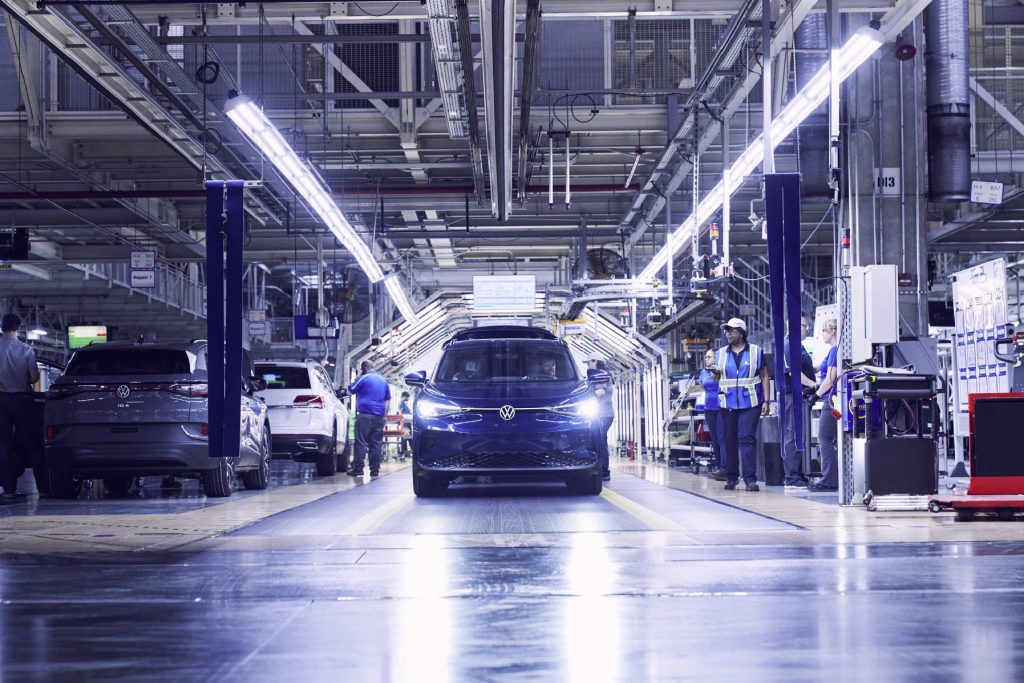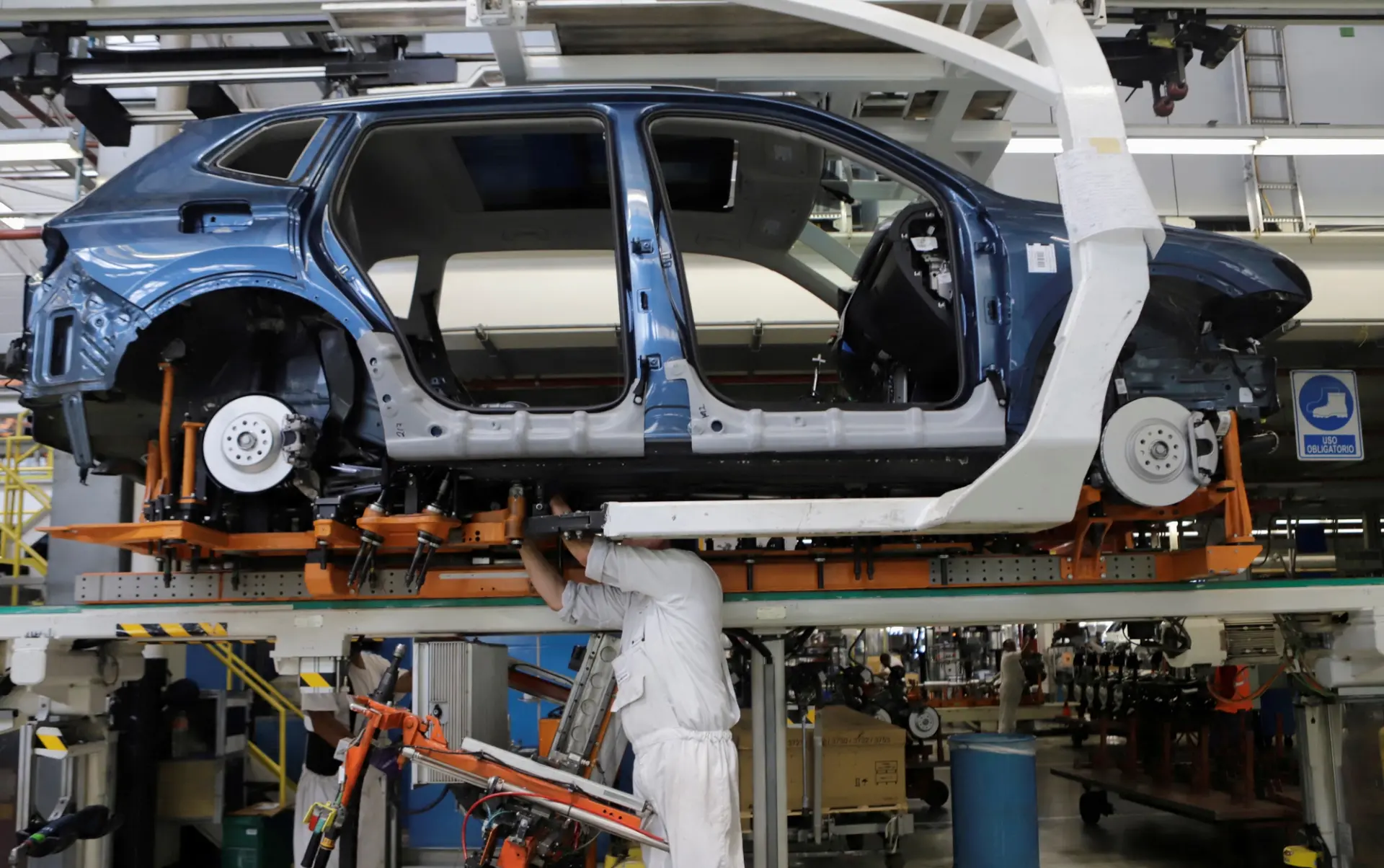The shift from gas-powered cars to electric vehicles (EVs) has been a difficult and painful transition, primarily due to the premature push by governments. They rushed automotive manufacturers into adopting EVs before the supporting infrastructure and technology were ready. Rather than targeting EVs toward those who could most benefit from them, such as people who can charge their cars at home, EVs were pushed to the general population. This led to widespread dissatisfaction as many people found EVs to be impractical due to issues like limited range and lack of charging stations.
The Struggles of the Western Auto Industry
One major problem with the EV transition is that automakers were already decades behind in battery technology, and their ecosystems were still largely based on gas. This led to a hybrid approach where gas and EV technologies were mixed, adding complexity and causing problems. While companies like Tesla were successful, the traditional automakers did not want to adopt Tesla’s innovative approach, which ultimately left them struggling. These companies faced stiff competition from China, which learned from Tesla’s success and replicated it at scale with significant government backing.

China’s automotive revolution has been remarkably swift, drawing comparisons to Japan’s rise in the 1970s. Unlike Japan, however, China’s push into the automotive market has been even more aggressive, bolstered by government support and control of critical resources, such as rare earth minerals vital for EV production. This rapid progress has put global car companies, particularly Japanese manufacturers, at risk. In response, several companies, such as Jaguar, Chrysler, and Toyota, are facing financial difficulties and consolidating to survive.
Economic Pressures and Changing Consumer Preferences
The Western automotive industry is facing a perfect storm of challenges, including high material costs, inflation, and rising interest rates, which have led to unaffordable car prices. Additionally, changing consumer preferences are contributing to the problem. Younger generations, especially Gen X and younger, are increasingly turning away from car ownership in favor of alternatives like autonomous taxis. This shift away from ownership and the uncertainty about whether to buy an ICE or EV car are further complicating the automotive market’s future.
Given the current market instability, the best option for many may be to purchase a used car rather than a new one, particularly for those who fit the ideal EV profile and can mostly charge at home. Used cars, especially EVs, seem to be holding up better than new gas-powered cars, suggesting they might be a safer investment for the time being. For those who must buy new, it is advisable to plan on keeping the car for at least five years, as depreciation rates tend to stabilize after the first two years. Looking ahead, the car market should stabilize between 2027 and 2030, with the rise of autonomous taxis likely influencing future car ownership trends.

